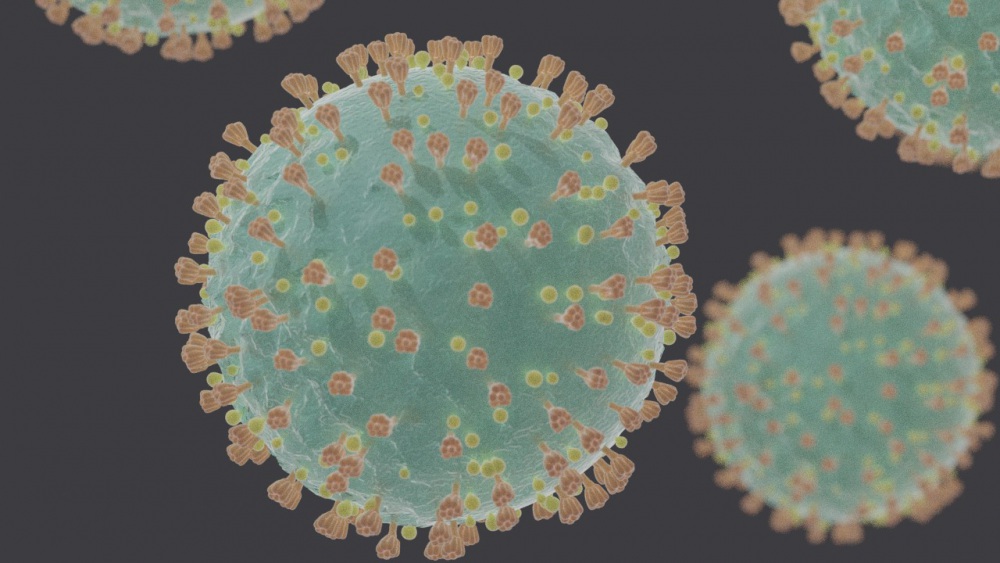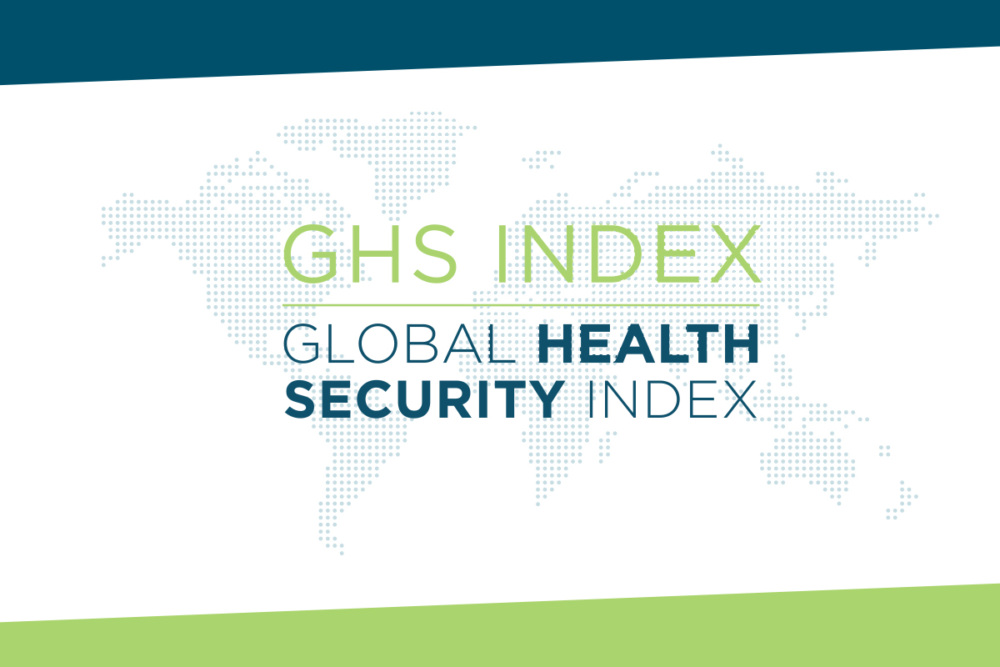
Katherine Budeski
Program Officer, Global Biological Policy and Programs
The Global Health Security (GHS) Index1 demonstrates that the world is not prepared for epidemics and pandemics. To identify countries that are more vulnerable to the spread of an outbreak like COVID-19, the GHS Index team analyzed a subset of indicators within the GHS Index against global flight data2. This model demonstrates country capacity to detect and respond to an emerging outbreak, as well as a country’s risk of introduction to one. The analysis identifies more vulnerable countries—those with the lowest scores for this subset of GHS Index indicators—and plots them against highest travel volume and population3.
To conduct the analysis, the team selected a subset of indicators within four of the six categories of the GHS Index, which are most relevant to country vulnerability to an outbreak like COVID-19, after it arises. This subset includes indicators on country capacity to detect and respond and on overall health systems strength, as well as those related to political security and socioeconomic risk.
Using this subset of GHS Index indicators, the team calculated the global average score to be 35.9 out of a possible 100 points. This extremely low average demonstrates how ill-prepared the world is to detect and respond to an emerging outbreak. Of the 195 countries included in the GHS Index, 172 scored even more poorly when assessed on this subset of indicators than when assessed on all the indicators in the overall GHS Index.
Finally, to assess country vulnerability in the face of an outbreak like COVID-19, the country scores were analyzed against the total volume of domestic and international travelers per year, using flight data for all 195 countries (Figure 1).
Seventy-three countries are identified as more vulnerable to emerging outbreaks, with scores under 50 and have an annual volume of travelers more than 1 million (Figure 2).
Twenty-seven out of 195 countries are identified as the most vulnerable to emerging outbreaks, with scores under 33 and have an annual volume of travelers more than one million (Figure 3).
For additional information, individual country pages showing a larger number of indicators are available for each of the 195 countries and can be found by searching the GHS Index website for a specific country. These country pages include scores for all questions asked of the research across six categories. There also is a one-page downloadable copy of each country page.
Download the GHS Index to see a full set of 33 recommendations to promote global health security. The GHS Index report offers 33 individual recommendations related to the overarching data findings across its six categories, to include a subset of high-level recommendations which can be found here.
The GHS Index is a project of the Nuclear Threat Initiative (NTI) and the Johns Hopkins Center for Health Security (JHU) and was developed with The Economist Intelligence Unit (EIU)
References
Sign up for our newsletter to get the latest on nuclear and biological threats.
The first comprehensive assessment of global health security capabilities in 195 countries.
Despite significant steps taken by countries to respond to the COVID-19 pandemic, all countries remain dangerously unprepared to meet future epidemic and pandemic threats.
The first comprehensive assessment and benchmarking of health security and related capabilities across the 195 countries that make up the States Parties to the International Health Regulations.


